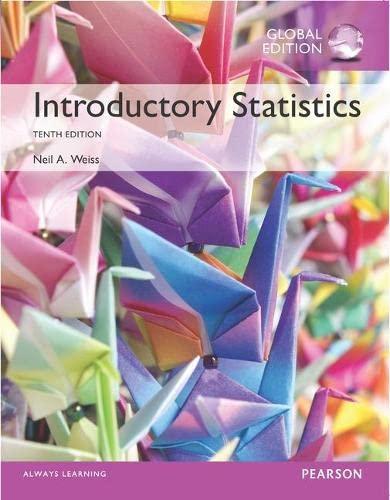RBC Transfusions. In the article Reduction in Red Blood Cells Transfusions Among Preterm Infants: Results of a
Question:
RBC Transfusions. In the article “Reduction in Red Blood Cells Transfusions Among Preterm Infants: Results of a Randomized Trial With an In-Line Blood Gas and Chemistry Monitor” (Pediatrics, Vol. 115, Issue 5, pp. 1299–1306), J. Widness et al. examined extremely premature infants who develop anemia caused by intensive laboratory blood testing and multiple red blood cell (RBC) transfusions. The goal of the study was to reduce the number of RBC transfusions. Two groups were studied, a control group and a monitor group
(which used the in-line blood gas and chemistry monitor). Data on hemoglobin level, in grams per liter (g/L), based on the results of the study, are provided on the WeissStats site. Use the technology of your choice to solve parts (a)–(c).
a. Do the data provide sufficient evidence to conclude that the variation in hemoglobin level is less without the inline blood gas and chemistry monitor? Perform a two-standard-deviations F-test at the 5% significance level.
b. Use the two-standard-deviations F-interval procedure to determine a 90% confidence interval for the ratio of the population standard deviations of hemoglobin levels with and without the inline blood gas and chemistry monitor.
c. Obtain a normal probability plot for each sample.
d. In light of your plots in part (c), does conducting the inferences you did in parts
(a) and
(b) seem reasonable? Explain your answer.
Extending the Concepts and Skills
Step by Step Answer:





